The best season for cupping for weight loss is autumn and winter, as the body's metabolism is slower at this time. Cupping helps promote blood circulation and enhance the body's metabolic capacity. The temperature is lower in autumn and winter, and the body is less susceptible to cold after cupping. At the same time, the warming effect of cupping can be better utilized, which helps with weight loss. Cupping for weight loss stimulates acupoints and meridians to promote fat metabolism, but it requires a combination of dietary control and moderate exercise to achieve optimal results.
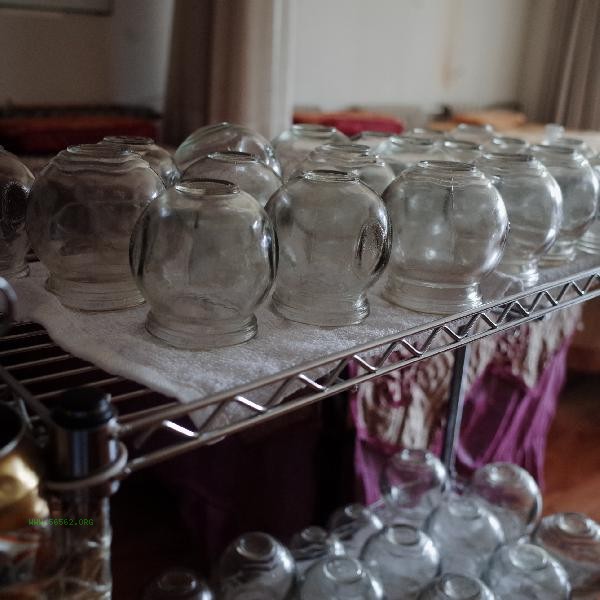
1. Autumn and winter are the golden time for cupping and weight loss. The temperature is lower in autumn and winter, which slows down the metabolism of the human body and makes it easier for fat to accumulate. Cupping stimulates the skin and deep tissues through a warming effect, promotes blood circulation, and accelerates fat breakdown. At the same time, it is less likely to sweat after cupping in autumn and winter, which provides better body warmth and helps with post cupping recovery and sustained weight loss.
2. The principle and mechanism of cupping for weight loss. Cupping uses negative pressure to adhere to the surface of the skin, stimulating acupoints and meridians, promoting the circulation of qi and blood, and enhancing the body's metabolic capacity. Cupping can also improve local blood circulation, accelerate the breakdown and metabolism of fat cells, and reduce fat accumulation. Cupping for weight loss is not a single method, it requires a combination of healthy diet and moderate exercise to achieve better results.
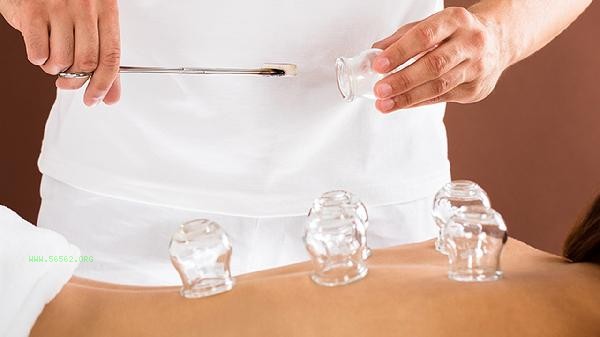
3. Precautions for cupping weight loss. Cupping for weight loss should be carried out under the guidance of a professional physician to avoid skin damage or infection caused by improper operation. After cupping, it is important to keep warm, avoid catching a cold, and drink plenty of warm water to promote body metabolism. The frequency of cupping should not be too high, preferably 1-2 times a week, as excessive cupping may lead to physical weakness. Cupping for weight loss requires long-term persistence and cannot be expected to be effective in the short term.
4. Auxiliary methods for cupping weight loss. Cupping for weight loss can be combined with dietary control and moderate exercise for better results. It is recommended to choose low-fat, low sugar, and high fiber foods in diet, such as vegetables, fruits, whole grains, etc., and avoid high calorie and high-fat foods. Aerobic exercise, such as brisk walking, jogging, swimming, etc., can be chosen for exercise. At least 3 times a week, each session lasting more than 30 minutes, can help improve metabolism and accelerate fat burning.
5. Suitable population and contraindications for cupping weight loss. Cupping for weight loss is suitable for people with a cold constitution and slow metabolism, but not everyone is suitable. Pregnant women, individuals with skin allergies, patients with bleeding disorders, and patients with severe heart disease should not undergo cupping for weight loss. Before cupping, it is necessary to consult a professional physician to ensure that one's health condition is suitable for cupping and avoid unnecessary health risks. The best season for cupping weight loss is autumn and winter, when the body's metabolism is slower and the warming effect of cupping can be better utilized. Cupping for weight loss requires a combination of dietary control and moderate exercise to achieve optimal results. Before cupping, it is necessary to consult a professional physician to ensure that one's health condition is suitable for cupping and to avoid health risks caused by improper operation. Cupping for weight loss requires long-term persistence and cannot be expected to be effective in the short term. At the same time, attention should be paid to keeping warm and dietary adjustments in order to achieve the goal of healthy weight loss.
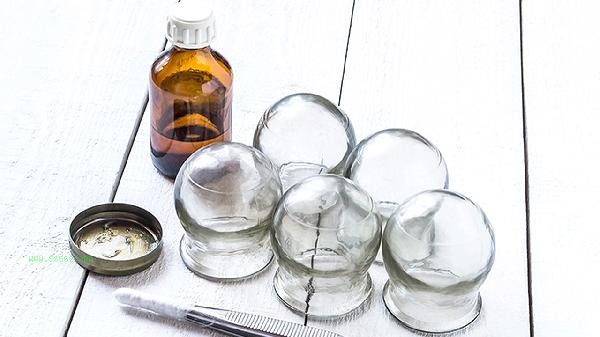

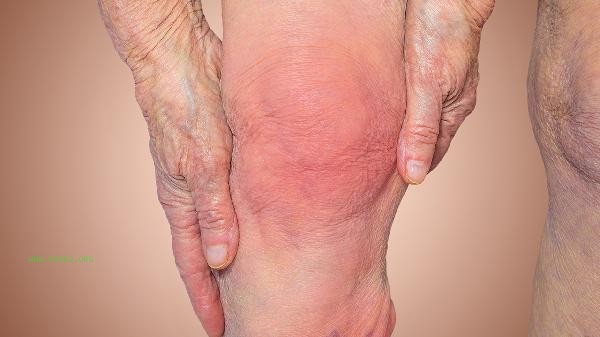
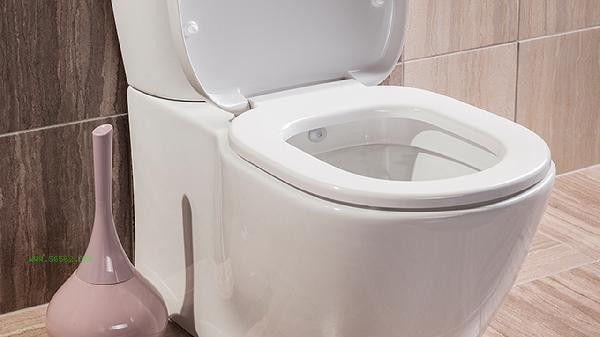
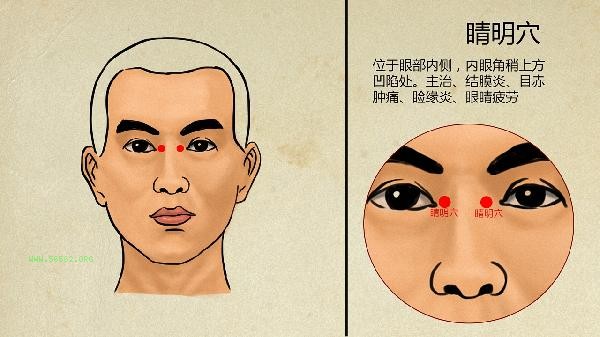
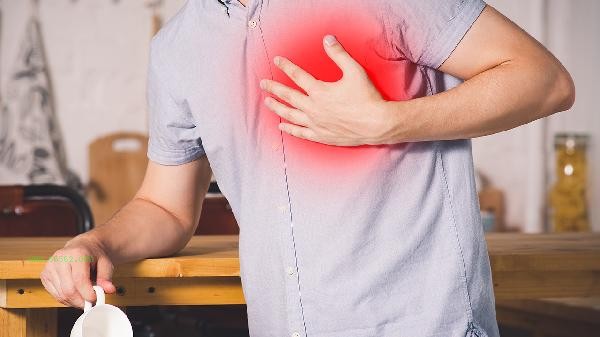
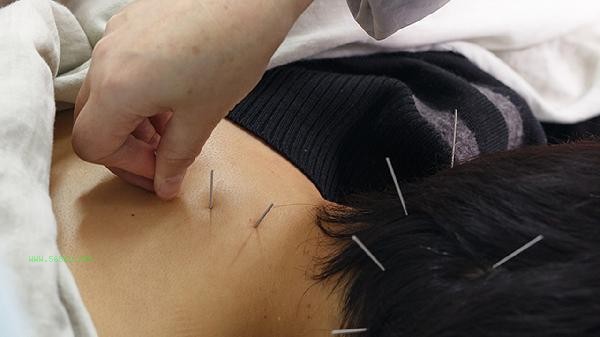


Comments (0)
Leave a Comment
No comments yet
Be the first to share your thoughts!